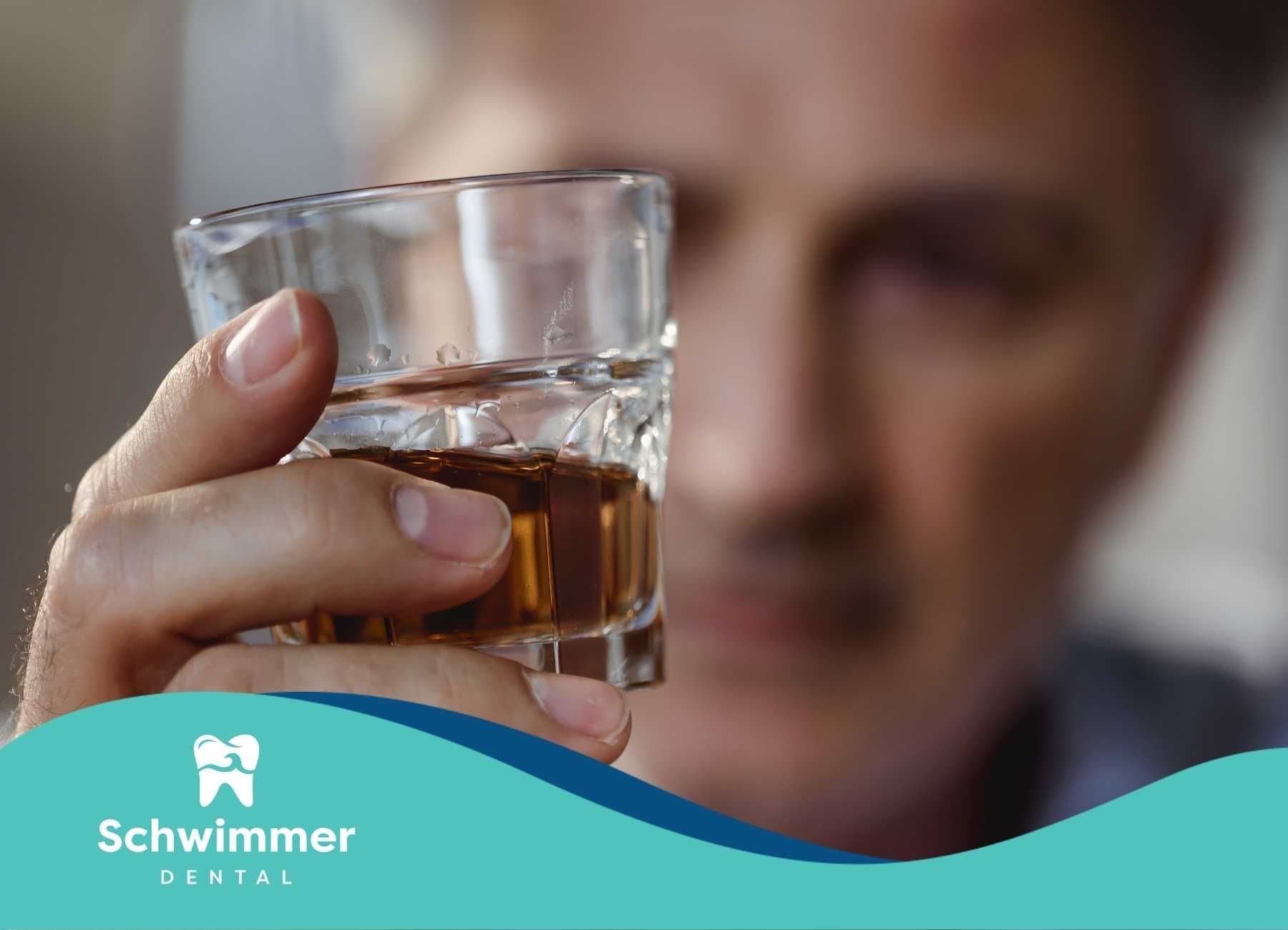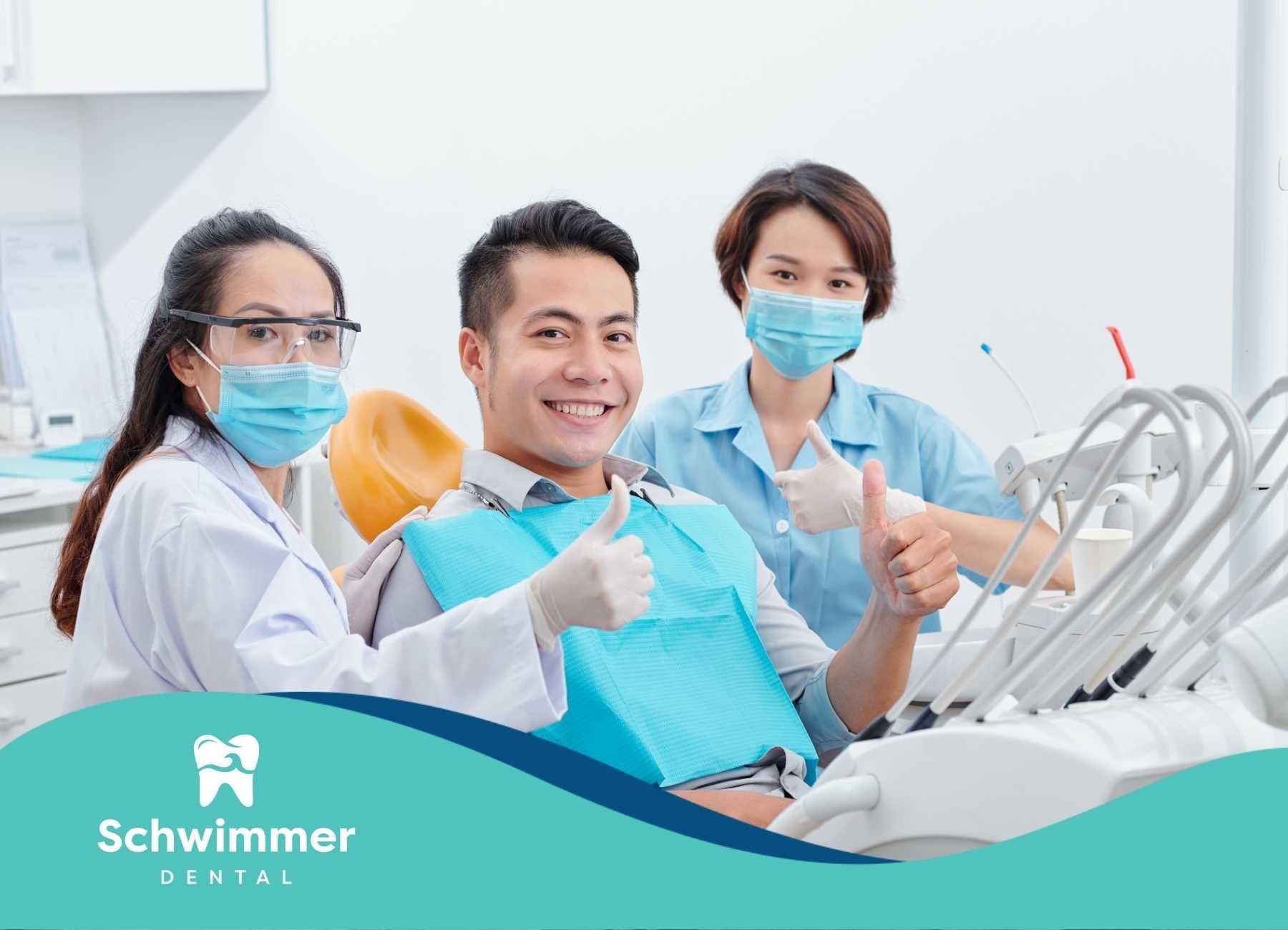What Happens During an Oral Cancer Screening?
When most people think about a dental check-up, they picture teeth cleaning, cavity checks, and maybe an X-ray.
But there’s something equally important that often goes unnoticed: oral cancer screening. This simple, painless exam can help catch early signs of cancer in your mouth before it becomes serious.
What Is an Oral Cancer Screening?
A Simple Definition
Oral cancer screening is a quick exam your dentist performs during a routine visit. The goal is to look for any signs of cancer or precancerous conditions in your mouth. By spotting changes early, treatment can be much more effective.
Areas Checked During Screening
Your dentist examines your:
- Lips
- Tongue
- Gums
- Cheeks
- Roof and floor of the mouth
- Throat
It usually takes just a few minutes, but it could be lifesaving.
Why Is Oral Cancer Screening Important?
The Value of Early Detection
Oral cancer often doesn’t cause pain or obvious symptoms in the early stages. Many people don’t notice anything until the disease has progressed. That’s why screenings are so important.
Signs Dentists Look For
During a screening, your dentist checks for:
- Red or white patches in the mouth
- Sores that don’t heal
- Lumps or thickened tissue
- Changes in the tongue or throat
Catching these signs early makes treatment more successful.
Who Needs Oral Cancer Screening?
Screenings Are for Everyone
The short answer: everyone should get screened at their regular dental visits.
High-Risk Groups
Some people are at greater risk and may need more frequent screenings, such as:
- Tobacco users (smoking or smokeless tobacco)
- Heavy alcohol drinkers
- Adults over 40
- People with HPV (human papillomavirus)
- Those with frequent sun exposure (risk for lip cancer)
What to Expect During an Oral Cancer Screening
Step 1: Visual Exam
Your dentist checks your lips, gums, tongue, inner cheeks, and throat for unusual spots or growths.
Step 2: Physical Exam
They gently feel your jaw, neck, and mouth for lumps, swelling, or other abnormalities.
Step 3: Additional Tools
Some dentists use special lights, dyes, or rinses to highlight abnormal tissues that may be hard to see otherwise.
If something unusual is found, you may be referred for further testing.
Does Oral Cancer Screening Hurt?
The Comfort Factor
No — oral cancer screening is completely painless.
What You’ll Experience
There are no needles, drills, or invasive tools involved. It feels just like a normal dental exam, with your dentist looking closely at your mouth and gently feeling your neck and jaw.
How Often Should You Get Screened?
General Guidelines
Most dentists perform an oral cancer screening once or twice a year during routine check-ups.
When More Frequent Screenings Are Needed
If you have risk factors — like smoking, heavy drinking, or a family history of oral cancer — your dentist may recommend more frequent exams.
Take Charge of Your Oral Health
Why Screenings Matter
Taking care of your mouth means more than brushing and flossing. Oral cancer screening is a simple step that could make a huge difference in your long-term health.
At Schwimmer Dental, we make oral cancer screenings part of our routine check-ups. Along with that, we provide expert care in dental implants, broken tooth repair, dental emergency services, veneers, and more.
If you’re searching for the best dentist in New Jersey, our team is here to keep your smile healthy and confident.
FAQs
1. How long does an oral cancer screening take?
Less than five minutes — it’s a quick part of your dental exam.
2. Can oral cancer screenings prevent cancer?
Screenings don’t prevent cancer, but they help detect it early when treatment is most successful.
3. What happens if the dentist finds something suspicious?
You may be referred for a biopsy or to a specialist to confirm whether the spot is harmless or needs treatment.



